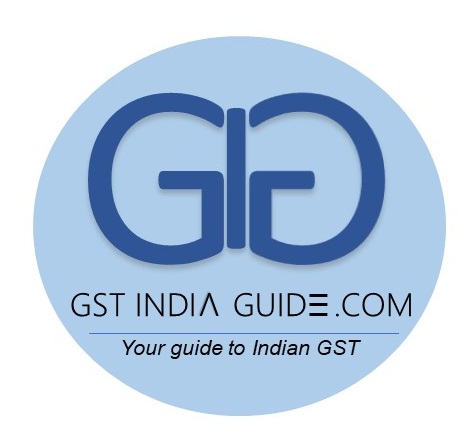After solar and wind power companies demanded GST on their output (electricity), a segment of the upstream textile industry has now asked for 12% GST on the textiles and garments, while as essential goods, the lowest GST rate of 5% looks likely on them.
According to sources, many participants of a recent stakeholders’ meeting with the textile commissioner in Mumbai were surprised when the Synthetic & Rayon Textiles Export Promotion Council (SRTEPC) indicated that 12% GST should be fine for the textile and garments industry.
Currently, natural fibres — including cotton — do not attract any excise duty, while a 12.5% excise duty is levied on man-made fibres, such as polyester. A 4-6% value added tax (VAT) is imposed by states on both man-made and natural fibres.
SRTEPC chairman Anil Rajvanshi told FE that the industry, in another meeting with textile minister Smriti Irani and textile secretary Rashmi Verma in New Delhi on November 9, “unanimously” agreed on two things: The entire textile sector should be subject to “one rate without any exemptions” and a “low possible rate” should be imposed.
Asked why he is asking for “a low possible rate” and not the “lowest rate” of 5%, Rajvanshi, who is also a senior vice-president of the country’s largest man-made fibre producer, Reliance Industries Ltd, said: “You should ask for what is possible. If you ask for zero tax, is it possible? You know the excise duty on cotton yarn is 6%; it’s a separate issue that there is an option route also (to get refunds against the duty paid).”
Rajvanshi said, “the industry hasn’t prescribed any rate because nobody knows today in which rate brackets what items will fall”. “It’s a fruitless exercise to say the tax rate should be 5% or 12% because this is the jurisdiction of the GST council, which has not yet taken a decision.”
However, the sources suggested that a 12% tax incidence under the GST regime for the entire textile and garment industry will benefit only a very few large man-made fibre companies with an integrated set-up. Such firms can fully utilise the ITC facility and also as dominant players, it is easier for them to pass on the tax cost to downstream industries. However, natural fibre-based textile players will be at a disadvantage if the tax rates go up.
The man-made fibre production chain is as follows: from crude oil to paraxylene to purified terephthalic acid (PTA) or mono-ethylene glycol (MEG) to polyester staple fibre (PSF) and polyester filament yarns (PFY). So if a company, for instance, produces both the PTA and the PSF, it will be able to set off the duty paid at the PTA stage on sale of the PSF. However, natural fibres like cotton fibre is produced out of raw cotton and since no duty will be paid on the raw material due to the fact that it’s a farm produce, the entire 12% tax burden will fall on the ginners/spinners that produce cotton fibre/yarn. Only if you are an integrated player with weaving, processing and garmenting facilities, the input tax costs can be seamlessly offset against output tax liability.
DK Nair, an advisor with the Clothing Manufacturers Association of India, differed with the idea of 12% GST for textiles and garments, saying that after food, if anything can be considered an essential item that has to be textile or garment products. So when the lowest rate of 5% is available, why should the industry take higher tax burden on itself.
OP Lohia, chairman of Indo Rama Synthetics, also said it is logical to have a 5% GST for the entire textile and garments sector. “Some players are now enjoying zero (excise) duty. Even the excise duty on garments is 2% (without cenvat credits). So, it makes a case for the levy of a 5% tax under the GST for the entire industry. But there should be one rate for both cotton and man-made fibre under the GST regime.”
However, Nair endorsed the fact that the entire sector has to have one tax rate with no exemption so that “there is no scope for misdeclaration of products (passing off high-taxed items as low-taxed ones) or tax evasion”.
Similarly, power companies, particularly the capital-intensive solar and wind energy firms, want their output (electricity) to be subject to GST, given their inputs are to be taxed in the GST regime: the reason: in the absence of output tax liability and lack of clarity of whether input tax costs are a pass-through, their costs could rise. Currently, the solar power equipment are largely exempt from indirect taxes across states but implementation of GST would mean a possible 18% tax on them. With electricity likely to remain outside the ambit of GST, the companies won’t be able to offset the input taxes. The threat of cost increase in the GST regime exists for all power developers, including thermal power units, but the issue is more serious for solar and wind power firms, as in their case, capital costs make up almost the entire chunk of the generation cost and variable costs are minimal. Also, unlike thermal power companies — mostly owned by diversified corporate groups, most solar firms won’t be able to offset the input tax costs against tax liabilities on outputs other than power.
Financial Express, 09 January 2017
